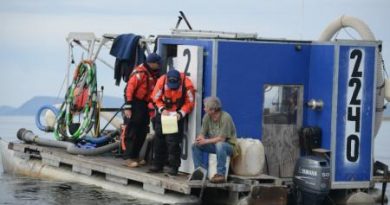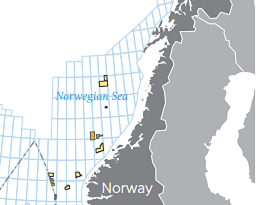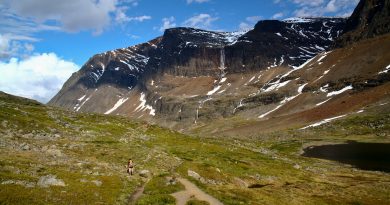Why Coral Harbour, Nunavut residents are building a passage north
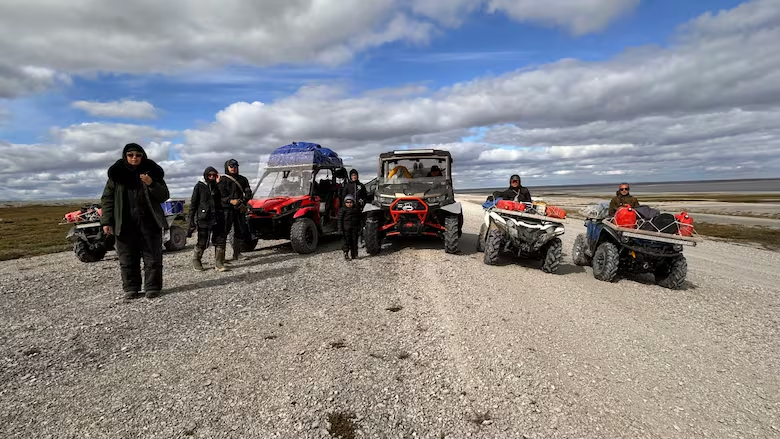
Families are flocking to fresh sections of the road as construction progresses
For over two decades people in Coral Harbour, Nunavut have been building a road to the north end of Southampton Island to give residents and visitors better access to fishing and hunting areas.
It will eventually lead to Aqiarungna, or Duke of York Bay, approximately 175 kilometres northwest of the community.
Those involved believe the road will help Inuit connect with their culture through camping and harvesting country food while opening up economic development opportunities in commercial fishing and tourism.
“The road gives the people more freedom to hunt and fish and explore that side of the island, and it gives them an opportunity to help the economy like commercial fishing, photographers and sport hunters,” said Louie Bruce, owner of the local contracting company, Sudliq Development.
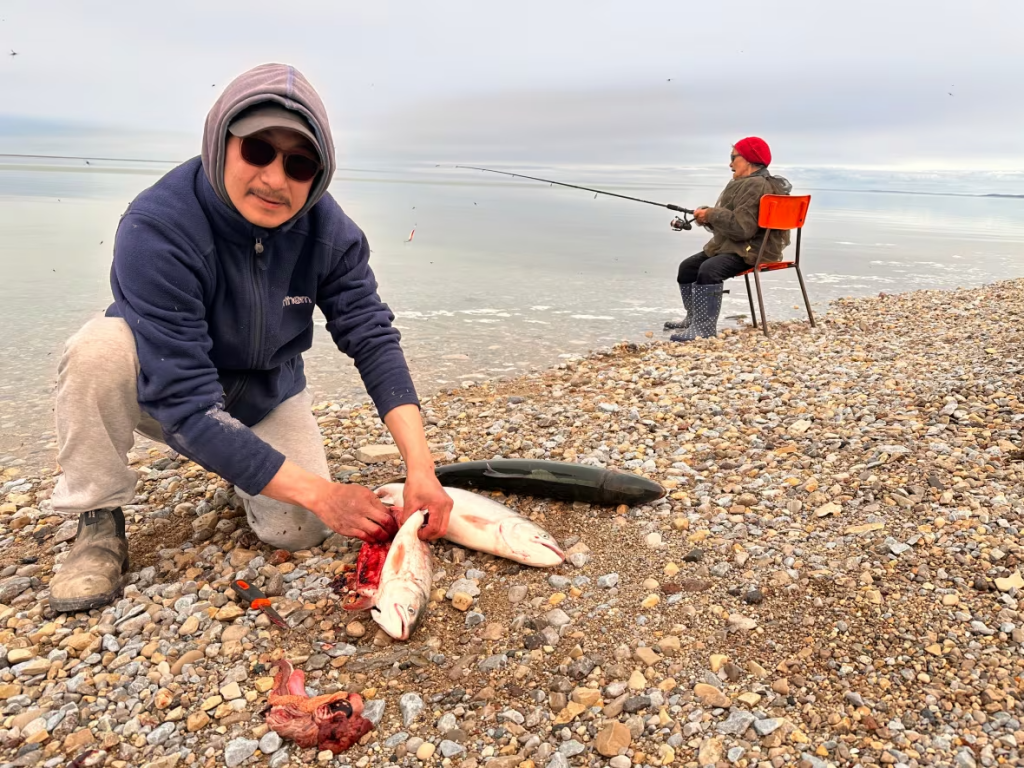
Sudliq entered into an agreement with the Government of Nunavut and the Hamlet of Coral Harbour in 1999 to build the road.
The Government of Nunavut started contributing funding in 2006 through an initiative dedicated to developing and maintaining community transportation infrastructure. The community applies for funding each year and then takes on the work.
The territory has contributed $2.74 million so far, it said in an email.
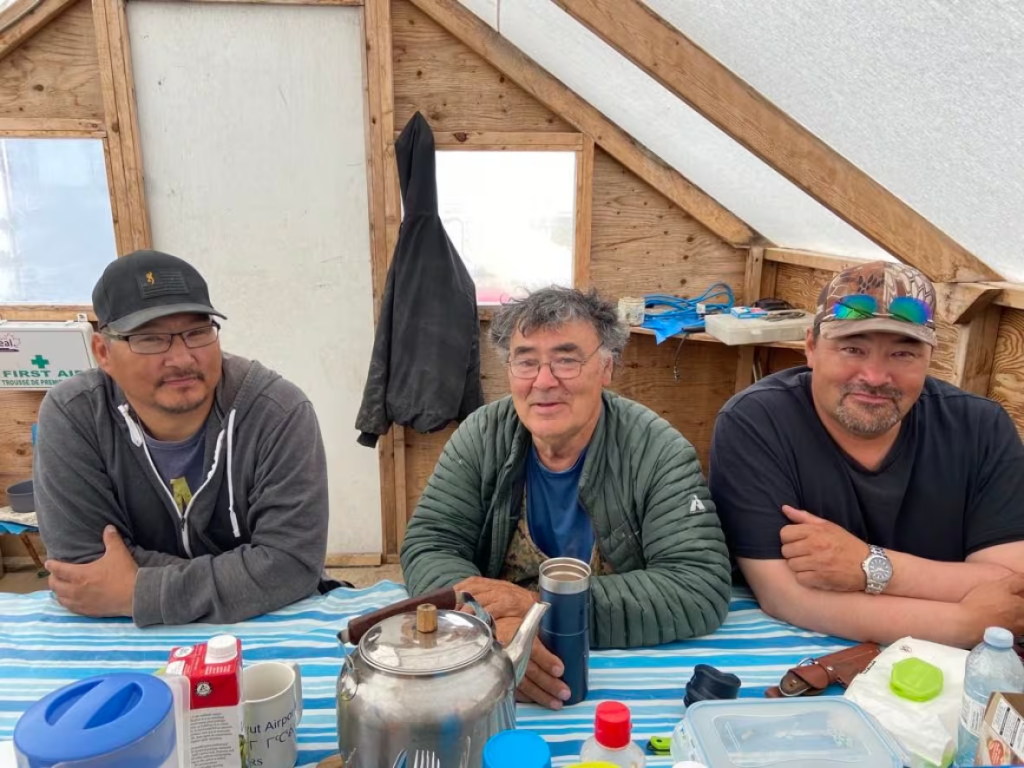
Construction started with a bridge across the Kirchoffer River.
Since then Bruce and his team have used their knowledge of the land to solve problems and deal with the elements.
Throughout the process, equipment would get stuck in muddy and swampy areas. One stretch was going to be so challenging, Bruce said, that the crew considered backtracking and finding a different route.
In the end, the men hauled truckloads of gravel to cover the muddy 20-kilometre stretch. Setting that gravel alone took weeks, but when they finished, Bruce said, he and colleague John Pameolik danced on top of the dozer to celebrate their achievement. They even erected a monument to mark the spot.
As the construction progressed, Bruce said cabins started to appear on the road as fishing lakes along the way became more accessible.
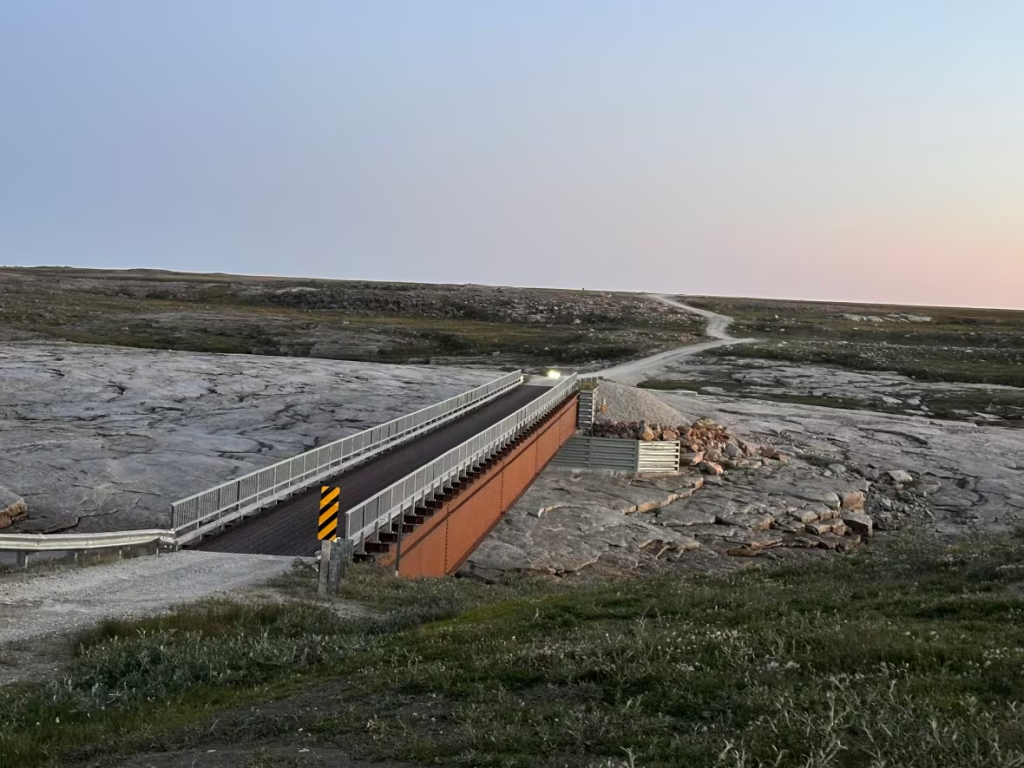
Those who visit describe the area as being lush with caribou, foxes and birds and having waters full of seals, beluga, narwhal and char.
For elders like Susie Angootealuk, the road is a way of returning to land she visited often in her childhood, she said. Now in her 80s, Angootealuk finds it harder to travel by all-terrain vehicle (ATV).
“It’s a lot easier now to get to my childhood camps and remember the times we lived in this area,” she said.
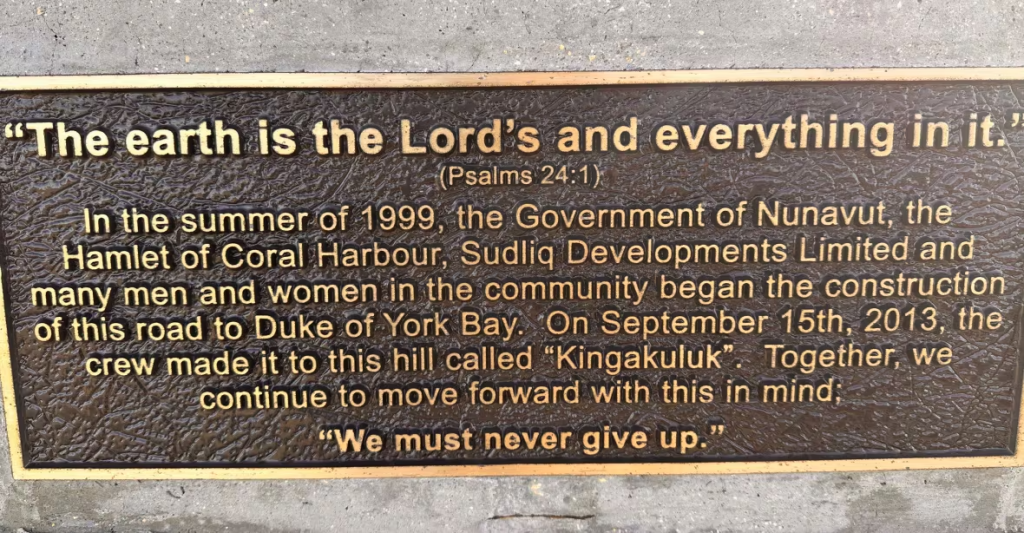
Angootealuk got to visit the ruins of her family’s old sod house thanks to the road, she added.
“I had my own healing time,” she said of seeing the remains.
The road is now nearly complete. It’s expected to be finished in 2027. When that happens, Bruce said he and the community plan to celebrate.
Related stories from around the North:
Canada: Lack of housing in Dawson City, Yukon putting some long-term residents in a tough spot, CBC News
Finland: Finland’s roads remain hazardous following first winter storm, including Lapland, Yle News
United States: Roadless Rule repeal will help economically struggling Alaskan communities: senators, Eye on the Arctic

